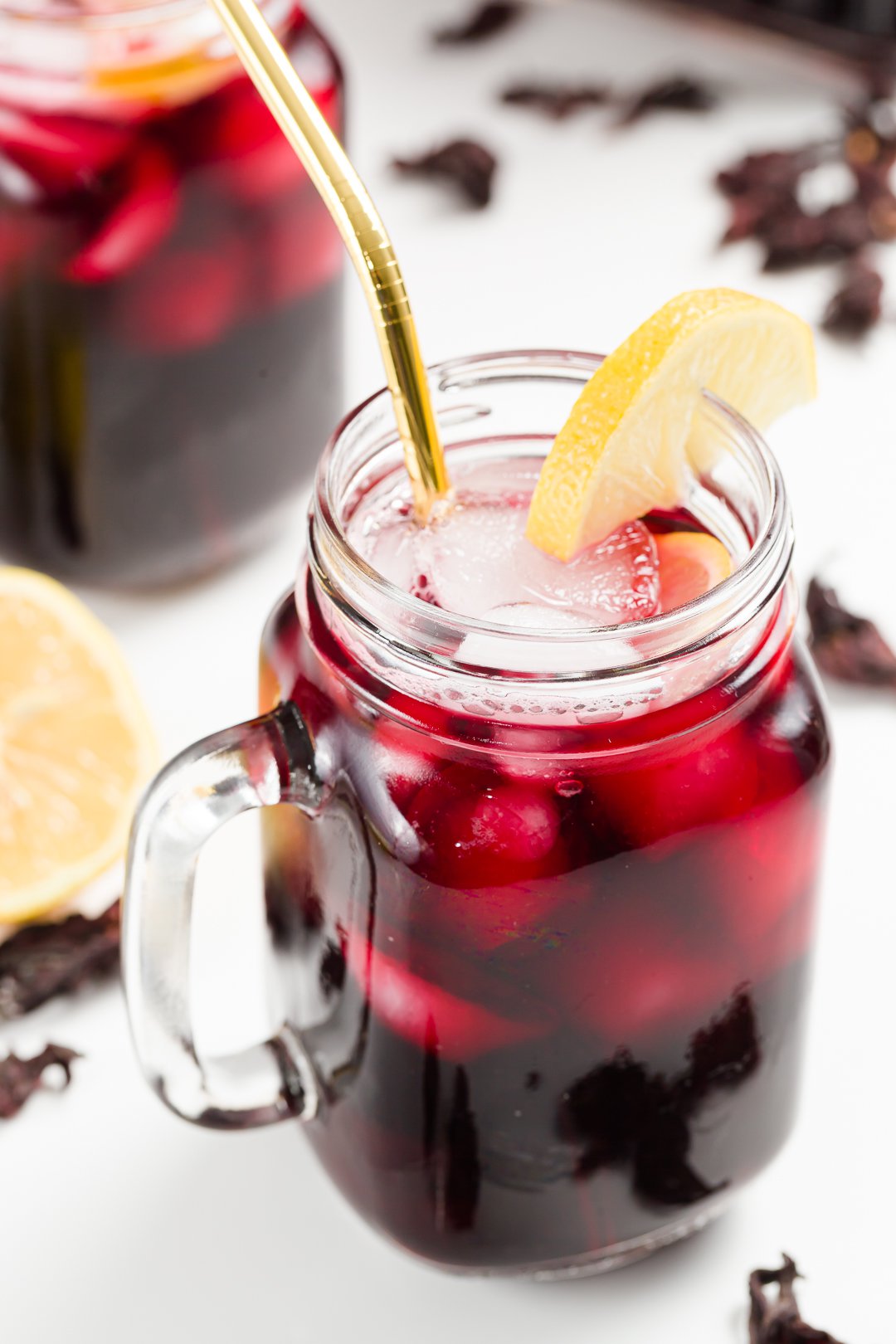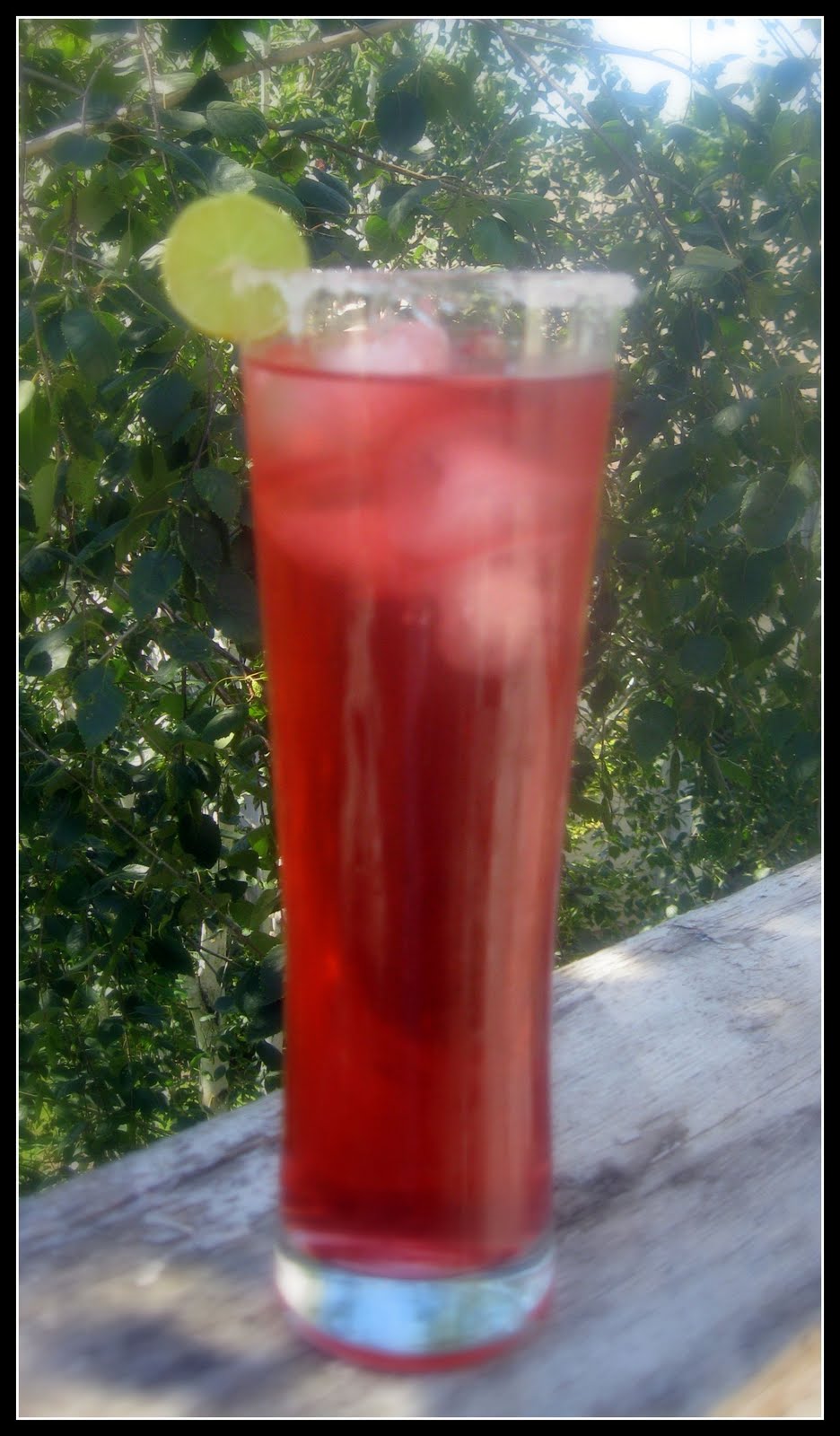
Asian countries have long since been using it as medicine, in India for example, it is crushed with Henna and given to women who wish not to conceive as a contraceptive. While this is often used as an ornamental plant, there is a lot more to Jamaican Hibiscus when it comes to health. While it has no major cultural significance in Jamaica it is the national flower of our neighbouring Caribbean country, Haiti. Some species including the " Hibiscus syriacus", (Rose of Sharon), are able to withstand temperate zones as well. What is clear is that it grows best in tropical weather, something the Caribbean has in common with some of these countries. It is still not clear where the specific location of origin for the plant is, but it is believed to be China, India or to a lesser extent Mauritius, Madagascar, Fiji, and Hawaii. The hibiscus flowers planted along the route to school would suffer dearly. I'm not sure why we did it, or where it started but we quite enjoyed it. It was even used as a "fence" to separate neighbouring homes.Īs kids, we would strip the petals away to get to the ovary of the plant to put it on our noses. They are mainly used as hedges or arches in people's yards. There are many colour variations of this plant now, including pink, white, purple, yellow and orange. Its most common form grows a bright red, five-petaled flower with a very obvious stem hanging down and bright orange pollen at the tip. The bushy, evergreen shrub can grow to a height of 8 ft and can be as wide as 10ft. In other regions it is known as Chinese hibiscus, China rose, Hawaiian hibiscus and rose mallow. The petals are boiled and steeped in hot water to make a delicious drink we often have at Christmas. One of the most well known and well-loved species for Jamaicans is "Hibiscus sabdariffa" or what we know as Sorrel. But there are other species of hibiscus as well, in fact, there are 675 known species so far. The scientific name for Jamaican Hibiscus or what we call Shoeblack is "hibiscus rosa-Sinensis". Spoon chipotle sauce over top and garnish with sour cream, cabbage, and cheese.New! Ready To Visit Jamaica? Look Here for amazing deals and discounts on our new hotel booking page! And consider booking a private tour with us! Spoon 1/4 cup of filling down the center of each tortilla and roll to enclose. Transfer to a paper-towel-lined plate to drain. Working in batches, submerge tortillas and fry, turning once, until just softened, about 30 to 45 seconds (no longer, you do not want them crispy). Season to taste with salt.Pour vegetable oil into a large skillet to a depth of 1/4-inch heat over medium-high heat until shimmering. Bring to a boil, reduce to a simmer, and cook, stirring occasionally, until thickened, about 10 minutes. When oil begins to shimmer, carefully add tomato mixture and bay leaves. Carefully wipe out saucepan add oil and return to medium-high heat. Remove from heat and transfer mixture to a blender, in batches if necessary (be cautious blending hot liquids). Cook, stirring occasionally, until tomatoes begin to break down, about 20 minutes.

Keep warm.Meanwhile, combine tomatoes, onion, garlic, and chipotle chilies along with 2 cups of water in a large saucepan over medium heat.

Add softened hibiscus flowers, carrots, jicama, sugar, oregano, and thyme and cook, stirring occasionally, until carrots are tender and liquid is mostly evaporated, about 15 minutes. Heat olive oil in a large heavy pot over medium heat add onion and sauté until softened, 3 to 5 minutes. Strain, reserving flowers (the liquid can be saved for another use).

Remove from heat let steep until flowers are just tender, 5–8 minutes. For filling, bring hibiscus flowers and 2 cups water to a simmer in a small saucepan.



 0 kommentar(er)
0 kommentar(er)
